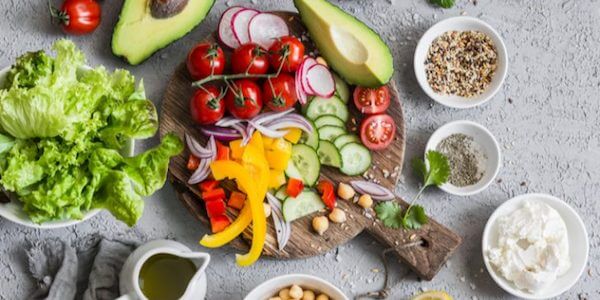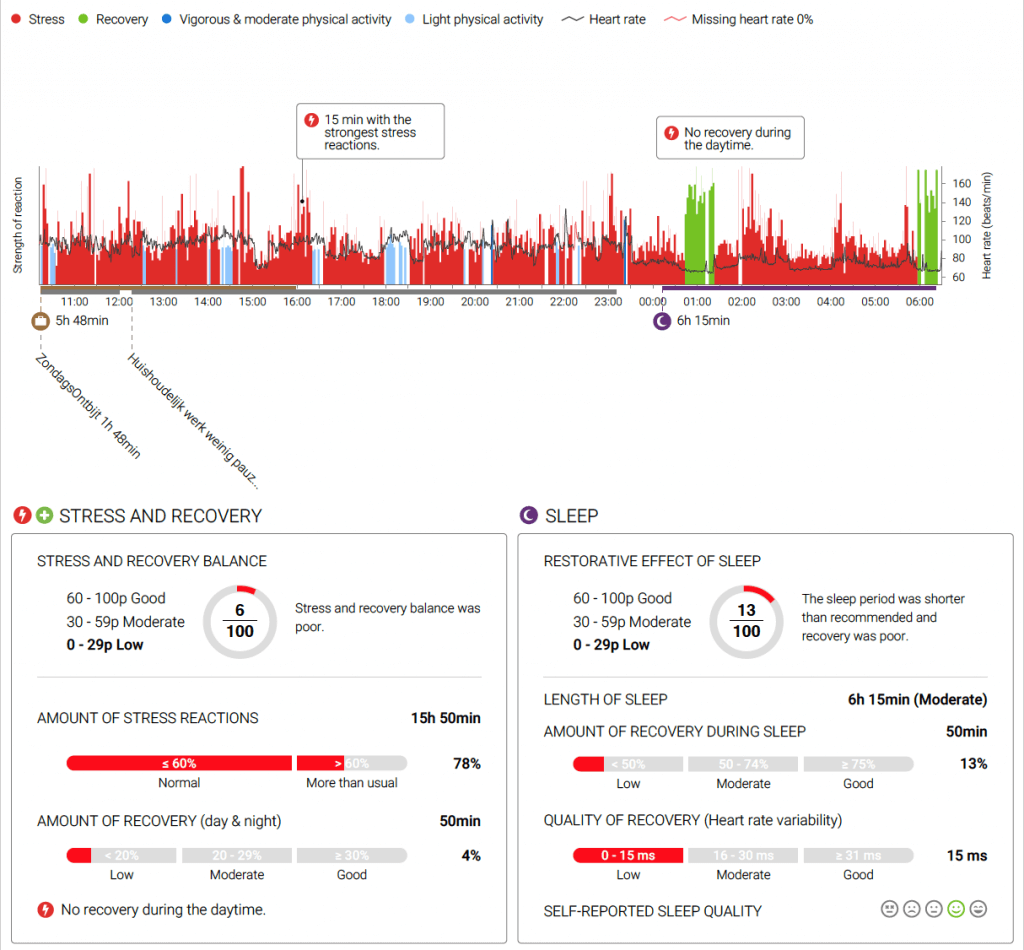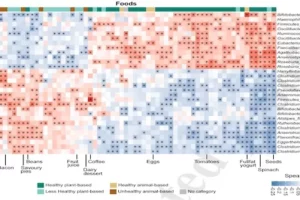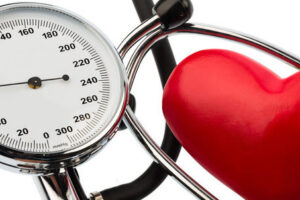On the 2nd of October the program “Doctors of Tomorrow” (AVRO / TROS NPO1) came with a high-profile broadcast about the “Pioppi diet”. The umpteenth diet hype or a development that deserves serious attention?
As far as we are concerned, the latter. The diet was developed by the cardiologist Dr. Aseem Malhorta. A cardiologist who does not shy away from promoting long-standing insights about the real causes of the metabolic syndrome (cardiovascular disease, obesity and diabetes) against the prevailing current in conventional medicine. In doing so, he reverts to the remarkable health of the inhabitants of the southern Italian fishing village of Pioppi.
The authors of the book with the same name rightly remark that it is more than just healthy food. The subtitling of the book “The Pioppi diet” speaks of a lifestyle plan. It is about the food, sleep and diet of the inhabitants of this now world famous place where the inhabitants are remarkably old and usually in a good condition. The menu is simple (pure ingredients), fresh, and falls into the category LCHF (Low Carb High Fat). Life is calm, people are not satisfied and there is little stress.
The latter is of great importance. We can still eat healthy, but if the body is in a continuous stress mode, that nutrition is really processed in the metabolism than is good for us. We know that the entire digestive system is controlled by the parasympathetic branch of the autonomic nervous system. Systems thinker and architect of the special system model “Biomatrix theory” Prof. G.G. Jàros (Australia), always referred to ‘a parasympathetic meal‘ in this context, thus referring to the required internal setting for the optimal use of food.
And it is precisely the functioning of the parasympathetic in our body that, in the hectic world of Pioppi, is so under enormous pressure.
Disturbingly, we see from the HRV Lifestyle analysis that people, and often without realizing it, recover insufficiently to badly. In other words, these people have a form of sympathetic dominance. Figure 1 is a random example of this. This person has only 13% of the night recovery and then also of a very low quality. Across the entire day, only 4% recovery is achieved instead of the desired 30%. The low “Quality of Recovery” (15 ms) is a direct measure of the functioning of the Nervus Vagus (main bundle of the parasympathetic system) and that is bad. Here the useful effect of the Pioppi diet is by definition limited because a ‘parasympathetic meal’ is not part of the real possibilities.
Either: Healthy eating: Very important! Good recovery from stress?: More importantly!







